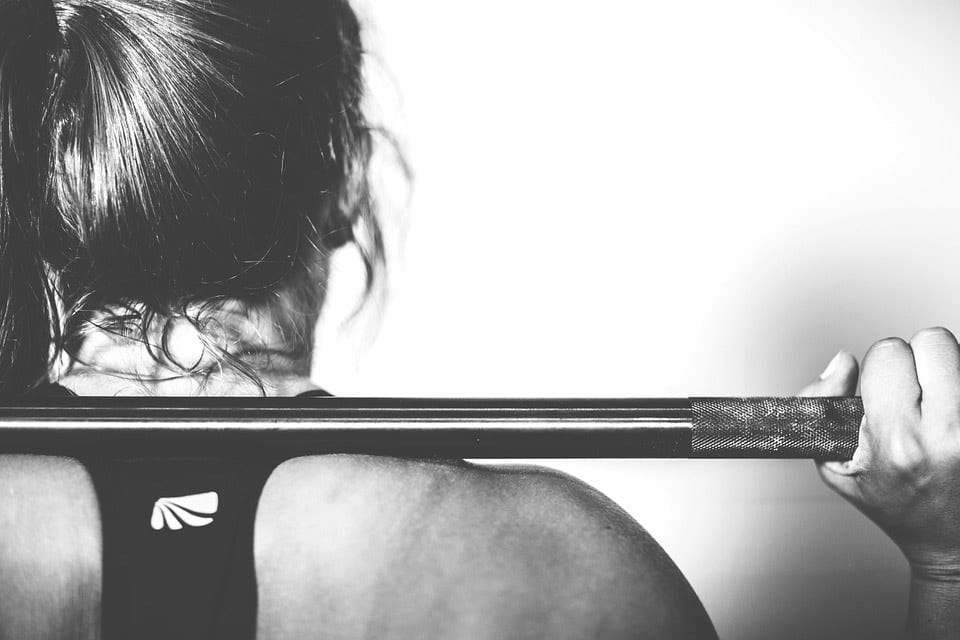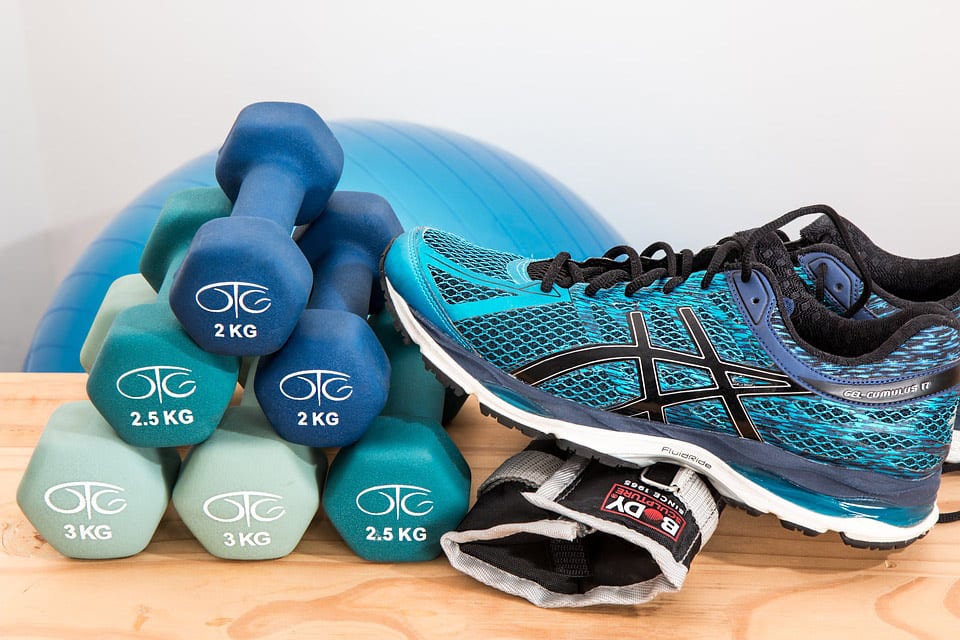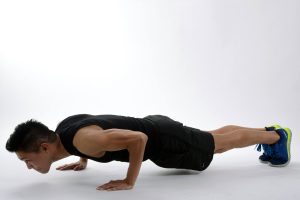Life can be hard, and proof of this sobering reality are the 43 million Americans who suffer from some form of mental health condition, according to Mental Health America. Almost half of those 43 million have a co-occurring substance abuse problem, while some 9.6 million experience suicidal thoughts. Those figures might even increase in the coming years as youth depression has been on the rise for the past five years. The lack of mental health care providers is exacerbating the problem, with nearly 56% of Americans with a mental health problem not receiving the necessary treatment.
The Need for Help
The staggering number of Americans living with mental health issues is truly a cause for concern. More disconcerting is the number of Americans who do not get the help they need to remedy their mental health concerns. There is nonetheless some light at the end of the tunnel, as steps are now being undertaken to ensure that those with mental health struggles are given proper attention.
One of the most important developments in the fight against mental health disorders is the increase not only in awareness, but also an improved understanding of root causes. The number of support systems ready to give proper care to people is gradually increasing as well. Examples of these support systems include the Substance Abuse and Mental Health Services Administration, the American Foundation for Suicide Prevention, and the Brain & Behavior Research Foundation.
Getting Physical for Mental Health
The increased understanding of mental health issues means that new avenues for treatment are being explored continuously. One such avenue gaining considerable traction is the use of physical activity to counter mental health concerns such as depression and anxiety.
According to the study ’The Benefits of Exercise for the Clinically Depressed’, mounting evidence suggest that exercise can effectively reduce the symptoms of depression, which is currently one of the most common mental health issues affecting Americans. The study also reveals that exercise intervention—specifically, a 20- to 40-minute walk 3 times a week for 6 weeks—was able to effectively reduce the somatic symptoms of depression in moderately depressed patients.
A previous post on ’5 Easy Self Care Tips for When You Are Depressed’ touches on how exercise can beat depression. The post explains that exercise causes the brain to release the pleasure-inducing dopamine, which can help overcome addiction, fight anxiety, and reduce the chances of depression.
Gym Activities for Mental Health
Weightlifting, HIIT (High Intensity Interval Training), cardio training, and yoga are four popular exercise programs that offer plenty of benefits, both physical and mental. The mental benefits means the chances of becoming depressed are reduced.
Weightlifting

An article by US News & World Report ’Can Weightlifting Treat Depression?’ cites clinical psychologist Li Faustino, who says, “There’s a different high when you make a lift or complete your program that day.” Dr. Faustino notes that therapy, medication, or some combination of both are known treatments for depression. Non-medical treatments such as exercise, meditation, and light therapy can also help in cases of mild to moderate depression, though for for someone with severe depression weightlifting is not a practical solution. In the same article, Michael Parent, assistant professor of counseling psychology at Texas Tech University, states that “It (weightlifting) gives people one more thing about themselves that they can take some pride in,” says Mr. Parent, who also points out that any exercise can actually improve mental health.
Weightlifter Mitchell Stokes would certainly vouch for the benefits of weightlifting. Speaking to Health IQ, Mitchell shared how weightlifting not only changed him physically but also mentally. He notes that lifting weights helped him change his attitude to training and led him to strengthening the weak parts of his body. Mitchell also says that a weightlifting competition, where he and his brother egged each other to “go big or go home,” taught him that “the mind is extremely powerful and can overcome major obstacles.” Stokes now uses his experience to train and teach others.
Cardio Training
A Harvard health study ‘Exercising to Relax’ explains that aerobic exercises (or cardio training) can “counter depression and dissipate stress” due to several neurochemical processes that take place in the body. Notably, cardio training helps reduce adrenaline and cortisol, which are the stress hormones of the body. At the same time, aerobic exercises stimulate the production of endorphins, chemicals that serve as both natural painkillers and mood boosters. These endorphins are the same chemicals that induce the so-called runner’s high that runners purportedly experience after a particularly intense or enjoyable run. These same chemicals are also responsible for the feelings of relaxation and optimism that people feel after finishing a hard workout.
Yoga
Yoga psychotherapist and guest author Pamela Tinkham notes that yoga therapy, which is mainly performed on a mat and facilitated by a yoga professional, can be used to treat many mental and physical conditions. Yoga psychotherapy, on the other hand, is used to treat various mental health disorders, including those caused by trauma. It is “more clinical in nature” and can only be facilitated by a licensed mental health professional such as rtor.org Family-Endorsed yoga therapist Pamela Tinkham.
Yoga is quite similar to self-soothing techniques like meditation, relaxation, and exercise, which means the body’s stress response systems are modulated to levels that help reduce heart rate, lower blood pressure, and ease breathing. Yoga also allows you to form a deeper, more intimate relationship with yourself, which in turn will help you make an honest account of your present situation and what needs to be done to improve it.
HIIT (High Intensity Interval Training)
HIIT is a form of cardio training that requires short bursts of intense effort. It therefore offers the exact same benefits that other aerobic exercises provide. HITT, though takes considerably less time to complete compared to traditional cardio training and is thus perfect for those who prefer shorter workouts. One of the key reasons that people don’t exercise is due to time. The advantage of HIIT is that a person can experience a heavy workout in 10 – 20 minutes compare to the average hour-long gym session. Not only do those with depression get the health benefits of exercising, they are less likely to feel that exercising is an out of reach activity.
Mental health is a sensitive matter, especially with the social stigma attached to conditions such as depression, bipolar disorder, and schizophrenia. There is a need to not only talk about this problem but to find workable solutions for it. Exercise is shown to be a positive step, yet plenty more are certainly needed.
If you or someone you know experiences mental health problems, it is important to seek help from a qualified professional. Our Resource Specialist can help you find expert mental health resources to recover in your community. Contact us now for more information on this free service to our users.
Author Bio: Luke Chalmbers has a degree in sports science and is also a keen rugby player. Having worked in the fitness industry for over 10 years, Luke hopes to study for a masters degree in the coming years. Aside from his love of sport, he also enjoys reading science fiction novels and binge watching series on Netflix.
The opinions and views expressed in this guest blog do not necessarily reflect those of www.rtor.org or its sponsor, Laurel House, Inc.
Recommended for You
- Why Eating Disorders in Men Are Often Missed - July 3, 2025
- No More Silence: The Opioid Epidemic’s Alarming Impact on Women - June 30, 2025
- The Hidden Impact of Repressed Memories on Mental Health and How to Heal - June 26, 2025








Great article. As an avid exerciser, I fully agreed. Also as a Swim Instructor, I would add swimming, aquatics and even the relaxation of a spa/hot tub to the therapeutic list. For me, swimming laps has a meditative quality and the sensory environment (floating, goggles and rhythmic breathing) allow me to disconnect in a positive sense. Swimming and aquatics are also easy on the joints and easier to start up than going for a run or lifting weights. Sometimes I do the swimming to loosen up to get me motivated to do the “other stuff”. Plus, if you start with swimming and transition to cycling (my other passion that was not mentioned in the article which is also easy on the joints) you are 2/3 of the way toward the triathlete routine. After a good swim, I actually enjoy the feeling of what I call pleasant exhaustion where every muscle has gotten a workout as opposed to sore biceps from doing curls. Last but not least, I do stretching in the spa/hot tub which is very relaxing and I find it much easier to stretch in water as opposed to on land.
Luke thanks truly for your amazing article. I loved it and believe it will help our readers have a better understanding of getting physical for mental health. Personally, I am passionate about yoga but like to mix it up and do weight lifting and mindful walking.
After workouts your body releases endorphins as these are the body’s natural painkillers. It will reduces your stress, depression and you will feel more happy. Improve your mood and give you positive energy to deal with your difficult circumstances.
I am misquoted in this article. I never said anything like I swear weightlifting helps depression. You have the link to the article from which you tried to quote me and I say quite the opposite-that for mild to moderate depression, weightlifting can have very positive effects; however, for severe depression, weightlifting may not be a practical solution.
Li,
Thanks for pointing out this error. I have edited the post to correct it. – Jay
Physical health is always related to mental health. Thanks for the insights! Let’s fight depression through workout!